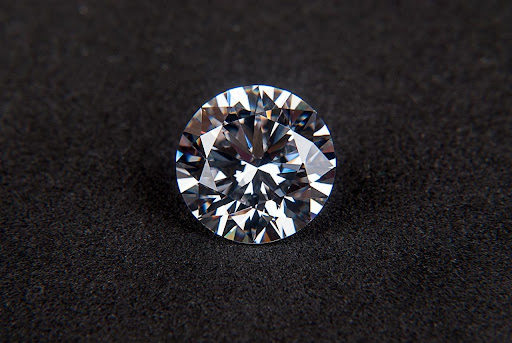
The latest data provided by jewelry market analysts demonstrate that the lab-grown diamonds industry made a breakthrough in sales rate. Man-made or artificial diamonds are incredibly popular with couples who most often are choosing ethical gems for their engagement rings. Thus, for the last year lab-grown diamond market share is almost doubled and has been approaching a significantly new line. Currently, sales represent around 10 % of the engagement ring market in the U.S.
Although figures seem a little unreal, they are expected and have been predicted long before they happened. Many analysts, who are tracking jewelry market tendencies, have forecasted the rise of sales a few years ahead. Thus, Paul Zimnisky explained that the observed upswing was preconditioned by the upgrading production process, higher quality, and good customization properties of artificial diamonds. The most widespread idea is that the comparatively low price is a true reason for exploding demand for the lab-created product. It indeed sounds reasonable.
Just for the last five years the price for 1.5 ct. round artificial diamond dropped by nearly two-thirds from $10,300 in 2016 to 3,975 in 2021. Thus, buyers can have a man-made diamond that is twice bigger as a natural diamond but pay the same price.
Yet, Zimnisky is confident that the price is just a consequence of the multiple mentioned above advantages of the product. Upgrading technology results in the better capability to produce more diamonds with fewer costs, increase their quality, and diversify properties. Cost-effectiveness, better quality, and differentiation potential make artificial diamonds attractive for the big consumers of gems – fashion industries, like Pandora, Swarovski, Breitling, etc. Indeed, we might observe the mass giants’ transition from their long-held strategies to innovative choices. For sure, it could not help but foster interest in artificial diamonds from diverse consumers, including celebrities and average buyers, as it was predicted.
Madestones analysts and managers agree with Zimnisky and claim that clients often are more curious about tendencies in the fashion world, brand belonging, and added value of the product than about price. However, the price matters when buyers are choosing between two lab-grown and natural diamonds. Artificial diamonds have properties and appearances that are similar to natural gems. There is not any other difference between them except for the price.
And this factor fosters new and unexpected tendencies. Madestones and other brands announced rising demand from long-married couples who want to swap natural diamonds out of their engagement rings for artificial diamonds that are bigger than swapped ones. Some clients upgrade their rings by replacing one-carat natural diamond with a three- or even four carats artificial analog. Some of them are focused on ethical reasoning and strive to practice ecology-centered behavior now since they had not such an opportunity when getting married. The others value quality and design and want to add newly-emerged elements of sophistication.
There is also a significant increase in clients who are getting married a second time and want to have rings with lab-grown diamonds but have had mined diamonds in rings for their first marriage.
Thus, there are many reasons for choosing artificial diamonds; they all are closely intertwined and affect each other in a variety of ways. Yet, this plexus of factors allows us to see clearly that 10 % of the engagement ring market is just a starting point for the industry. Indeed, experts and market observers predict that the sales increase tendency will be continuing and soon we can observe a new doubling of the current figure.
Interesting Related Article: “Why are Diamonds the Ideal Symbol of Love & Relationship?“
